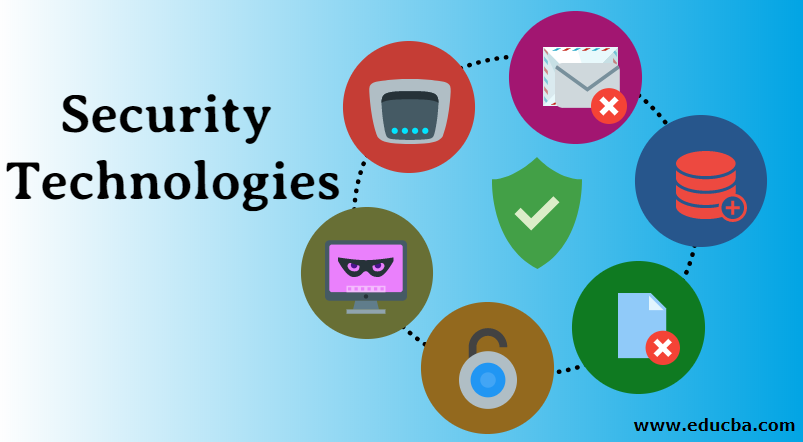Clippy's AI-Powered Comeback: Running Local LLMs with a Touch of Nostalgia
Remember Clippy? The paperclip-shaped assistant from Microsoft Office that either delighted or infuriated you? Well, he's back – and this time, he's sporting an AI upgrade. This isn't a Microsoft revival, though. Instead, it's a nostalgic reimagining by developer Felix Rieseberg, who has created a new Clippy as a front-end for locally run Large Language Models (LLMs).
Clippy Reborn: From Office Assistant to AI Interface
In a surprising twist, Clippy has been transformed from a much-maligned office assistant into a potentially useful tool. This new iteration allows users to interact with various AI models directly on their computers, without relying on cloud-based services. The application comes with built-in support for popular LLMs like Gemma 3, Qwen3, Phi-4 Mini, and Llama 3.2, making it easy to get started. Furthermore, it can be configured to run any other local LLM from a GGUF file, offering flexibility and customization.
Rieseberg, known for his work on the Electron framework and his fondness for early Windows nostalgia, describes the project as a "love letter" to Clippy. He hopes it will inspire other developers to explore the possibilities of local AI integration.
"Consider it software art," Rieseberg said. "If you don't like it, consider it software satire." He clarifies that his intention was to create something fun and engaging, similar to how some people enjoy watercolors or pottery.
Under the Hood: Electron and Local LLMs
The new Clippy is built using Electron, a cross-platform development framework that allows web applications to run as desktop applications. Rieseberg is a maintainer of Electron, and this project serves as a demonstration of the framework's LLM module. The goal is to provide a reference implementation that other developers can use to integrate local language models into their own Electron apps.
Features and Functionality: A Simple Yet Promising Start
While this AI-powered Clippy may not be packed with features compared to platforms like LM Studio, it offers a straightforward chat interface for interacting with local LLMs. This simplicity is intentional, focusing on providing a user-friendly experience for querying AI models on your desktop.
One of the key advantages of using a local LLM is privacy. Unlike cloud-based AI services like ChatGPT or Gemini, Clippy doesn't send your data to remote servers for processing. According to Rieseberg, the application only makes network requests to check for updates, which can be disabled.
Getting Started with AI Clippy
Running AI Clippy is designed to be simple. Users can download the appropriate package for their operating system (Windows, macOS, or Linux), unzip it, and launch the application. The default model (Gemma 3 with 1 billion parameters) can be downloaded automatically, allowing users to start asking questions immediately. The chat window has a Windows 95-themed interface, adding to the nostalgic charm.
Future Possibilities: Expanding Clippy's Capabilities
Rieseberg acknowledges that there's room for improvement. He mentions that node-llama-cpp, the Node.js binding file used by Llama and other LLMs, could allow Clippy to access a wider range of inference features, such as temperature, top k, and system prompting. However, he admits that exposing these options is currently a matter of laziness on his part.
Unfortunately, Rieseberg's time may be limited, as he is scheduled to join Anthropic to work on Claude, a more serious AI project. This means that further development of Clippy may be put on hold.
Legal Considerations: Microsoft's Stance on Clippy's Return
Rieseberg isn't overly concerned about potential legal action from Microsoft regarding the use of Clippy. He stated that he would comply with any request to shut down the project and hand over the code. However, he believes that Microsoft is unlikely to pursue such action, as their focus is on more sophisticated AI assistants like Cortana and Copilot.
"Building a fun stupid toy like I have is an entirely different ballgame from building something really solid for the market," he said. "With Cortana and Copilot they have probably much better characters available."
Key Takeaways
- Clippy is back as an AI-powered interface for local LLMs.
- Developed by Felix Rieseberg using the Electron framework.
- Supports models like Gemma 3, Qwen3, Phi-4 Mini, and Llama 3.2.
- Offers a privacy-focused alternative to cloud-based AI services.
- Simple to use and available for Windows, macOS, and Linux.
- Future development may be limited due to Rieseberg's new role at Anthropic.
The Significance of Local LLMs
The resurgence of Clippy as a local LLM interface highlights the growing interest in running AI models directly on personal computers. This approach offers several advantages:
- Privacy: Data remains on the user's device, reducing the risk of data breaches and privacy violations.
- Offline Access: Models can be used even without an internet connection.
- Customization: Users have more control over the models and their settings.
- Reduced Latency: Eliminates the need to send data to remote servers, resulting in faster response times.
The Future of AI Assistants
While Clippy's return is primarily a nostalgic and artistic endeavor, it also provides a glimpse into the future of AI assistants. As local LLMs become more powerful and accessible, we may see a shift towards more personalized and privacy-focused AI experiences. Imagine having an AI assistant that understands your preferences, learns from your interactions, and operates entirely on your device, without ever sending your data to the cloud.
Whether or not Clippy becomes a mainstream AI assistant remains to be seen. However, its revival serves as a reminder of the potential for AI to be both useful and entertaining, and the importance of exploring alternative approaches to AI development that prioritize privacy and user control.
In Conclusion
Felix Rieseberg's AI-powered Clippy is more than just a nostalgic throwback. It's a demonstration of the possibilities of local LLMs, a testament to the power of open-source development, and a reminder that even the most reviled software can be reimagined in surprising and innovative ways. So, if you're looking for a fun and privacy-conscious way to explore the world of AI, give Clippy a try. You might just find that this old paperclip has a few new tricks up its sleeve.















